Trampolines have captivated the hearts and imaginations of people of all ages for generations. These springy platforms, often associated with outdoor fun and aerial acrobatics, hold a fascinating history and a multitude of uses beyond sheer entertainment.
From their humble beginnings as a training tool for gymnasts to their prestigious inclusion as an Olympic sport, trampolines have come a long way.
In this collection of eight intriguing facts, we delve into the world of trampolines to uncover their origins, their surprising health benefits, and their diverse range of applications.
Whether you're a trampolining enthusiast or just curious about these bouncing wonders, you're sure to discover something new and fascinating about trampolines.
So, let's spring right into it and explore these eight captivating facts about trampolines.
Invention:
Trampolines were invented by George Nissen and Larry Griswold in 1936. They initially created the trampoline as a training tool for acrobats and gymnasts.

(Left: George Nissen Right: Larry Griswold)
Name Origins:
The word "trampoline" is derived from the Spanish word "trampolín," which means "diving board." This name is fitting, as trampolines provide a platform for bouncing and performing various aerial maneuvers.
Olympic Sport:
Trampolining became an Olympic sport in 2000. Athletes perform impressive routines of flips and twists while bouncing on a trampoline, aiming for maximum height and difficulty.

Health Benefits:
Trampolining offers several health benefits. It's an excellent cardiovascular exercise, helps improve balance and coordination, strengthens muscles, and can even boost mood by releasing endorphins.

Safety Measures:
Safety is crucial when using trampolines. Enclosures, safety nets, and padding around the edges have been introduced to reduce the risk of accidents and injuries.
Multiple Types:
Trampolines come in various forms, including backyard trampolines, mini trampolines (rebounders), and even water trampolines used in aquatic settings like lakes and pools.

MadeForMums've picked the ones most rated by our child and parent testers, in a range of sizes and prices, for different ages from toddler to teen.
Weight Limitations:
Trampolines have weight limitations to ensure safety. Different trampolines have different weight capacities, so it's essential to adhere to these guidelines to prevent damage or accidents.
Educational Uses:
Trampolines are not just for fun and exercise; they also have educational applications. They are used in therapy and education to assist with sensory integration, motor skill development, and as a fun way to engage children in learning activities.
Like napacenter said, while it often looks like play, trampolines provide lots of amazing benefits when linked to therapy. So much in fact, their occupational, physical, and speech therapists integrate them in their therapy sessions often.


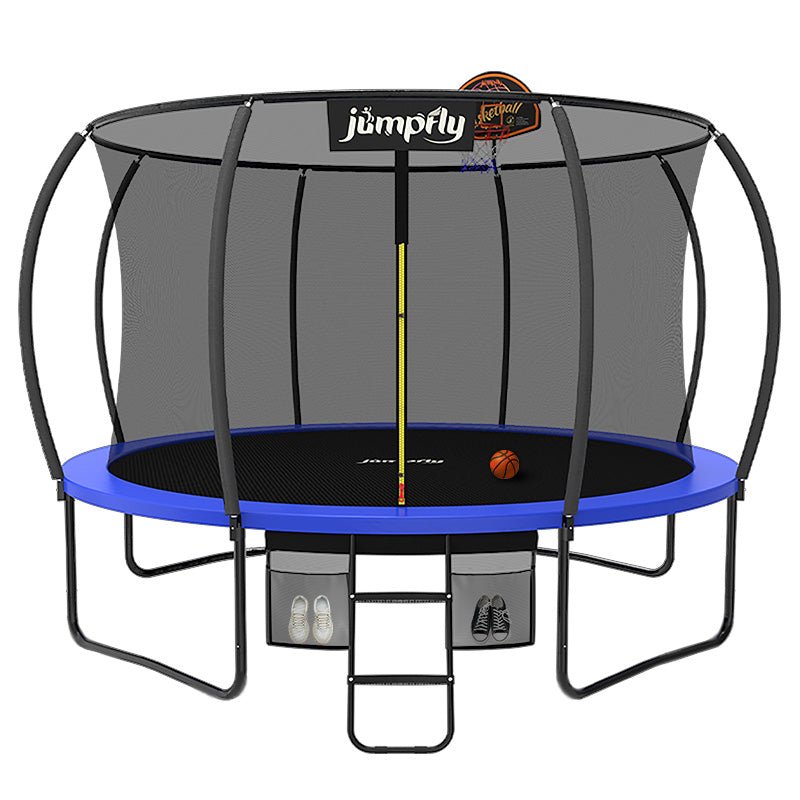
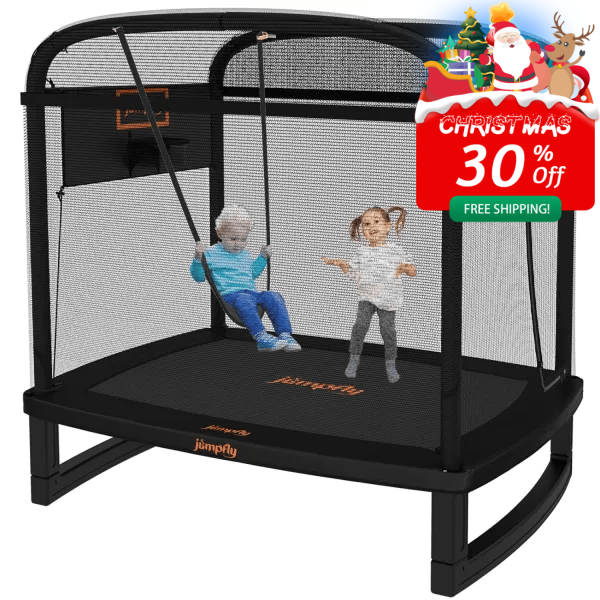
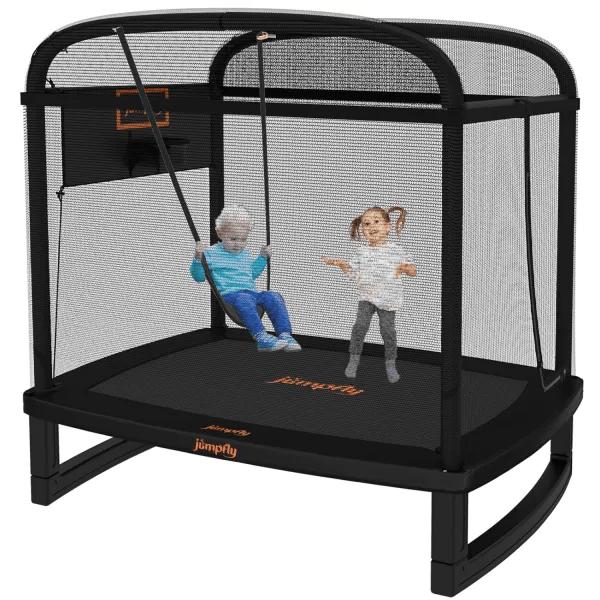
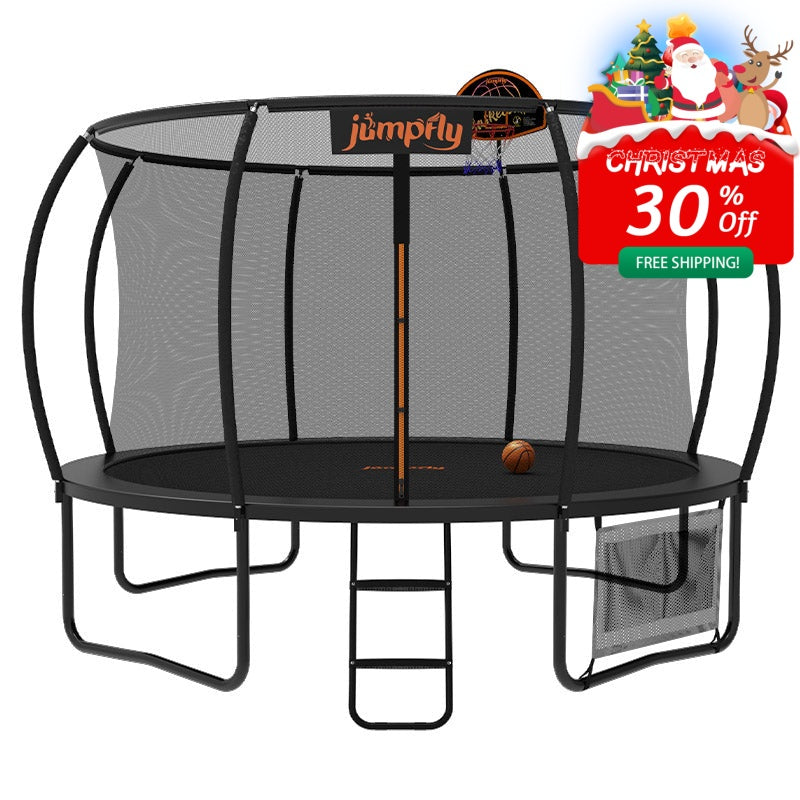
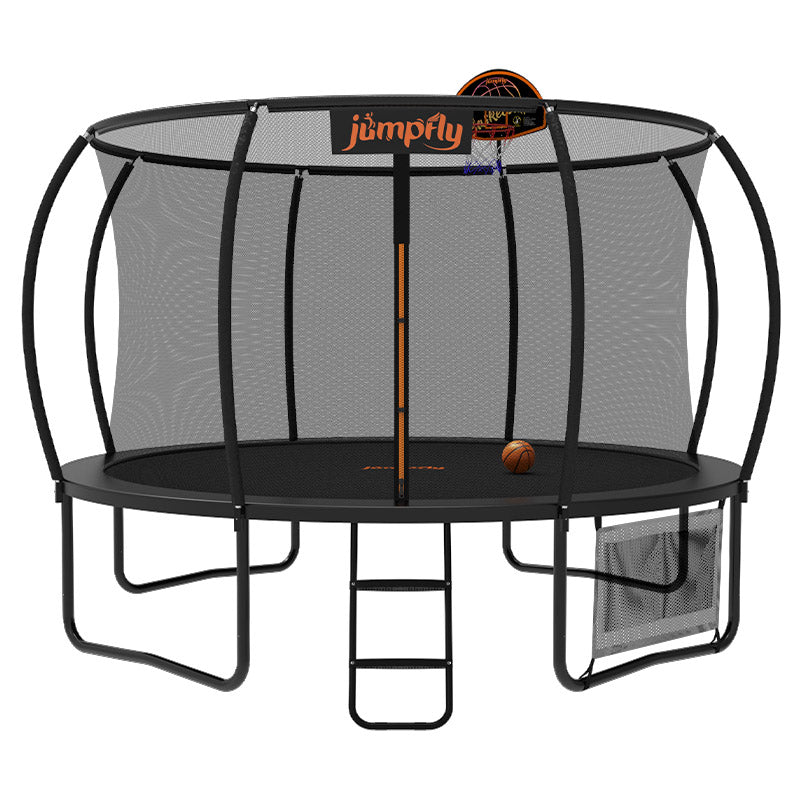
Leave a comment
All comments are moderated before being published.
This site is protected by hCaptcha and the hCaptcha Privacy Policy and Terms of Service apply.